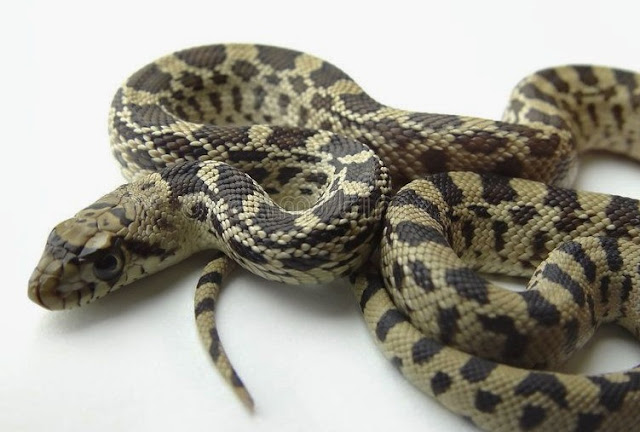It possesses external attributes that help it to travel greatly over vast
distances, as its narrow breasts, back and strong legs all contribute to skill
and effective transportation, as it is able to cover many miles through fading
at a speed of 10 km per hour, and is also known for its ability to run
at a capacity of approximately 65 km in The clock during its pursuit of a prey,
and in the case of jumping, it is known about wolves, its ability to cover 5
meters per jump.
The palm of the wolves is suitable for moving on different types of land,
especially over the snow, and it also has a light woven tape between each finger
to help it move over the snow relatively easier than its game, and its large size
helps to distribute its weight better in the snow. The front palms are larger.
From that background as it contains a fifth finger is not found in the posterior
legs, in addition to fluffy hair and dull claws climbing to stick to the slippery
surfaces, and wolves have glands that secrete odors between their fingers that
help them to leave chemical marks behind while they are traveling, which makes
them move in a wide range In conjunction with leaving messages to other
individuals about their whereabouts
Sometimes the wolf may seem larger than it is due to its huge two-layer fur,
and the first layer consists of harsh guard hairs designed to repel water and dirt
while the second layer is a dense underwater layer, insulating water. Wolves have
summer and winter fur that they exchange In spring and autumn, however, females
tend to keep it longer in the spring.
hunting wolves : gray wolf
Wolves are hunted for a number of reasons, including entertainment, to get their
furs, to protect livestock, and in some rare cases to protect humans. Hunting
wolves in previous times was considered a process that required the mobilization
of a lot of money and men to complete it, as it required the deployment of several
meters of nets and the presence of vehicles dedicated to pulling the last,
in addition to large huts devoted to storing and drying the fur. It was the
danger that wolves posed to both humans and livestock that justified the
recruitment of entire villages to eradicate them under pain of responsibility,
despite the damage it was causing to the local economySome peoples,
such as the Apache people, hunted wolves as a rite of puberty for young men among
them. Wolves are often hunted in dense bushes,The vast majority of the hunters
consider it one of the most difficult to reach, due to its elusive nature and its
sharp senses. It is said that hunting is similar to hunting mountain lions
in difficulty, and that it is more cautious than accepting abandoned poison,
or engaging in booby traps. However, though, wolves do not defend themselves as
effectively as bears or stalking lions.
Some wolves exhibit great cunning and cunning, avoiding captivity for a long
period of time. One of the wolves, called "Three Toes of Harding County",
avoided the people who followed him in South Dakota for 13 years before He
is arrested and eventually killed.
Kinds of wolves
There was another wolf also known as "Rags the digger".
He lives near the town of Meeker, Colorado, who was deliberately sabotaging
the signs set to teach the location of the polytheists, as he unearthed the booby
trap without firing him. In recreational hunting, wolves shrink in late autumn
and early winter, that is, during the period when their fur is better than before,
and because the snow makes rhyming easier. Some have killed wolves for the purpose
of sometimes obtaining their flesh, which is said to be rough and tasteless.
Although hunting wolves is a matter of support in many countries, it raises
controversy in other countries, where opponents see it as an unnecessary evil
act based on misconceptions, while its supporters consider it necessary to
maintain the stability of the numbers of other game that attract hunters,
and that It is a pest control that can harm humans if they are more numerous
than they are.





تعليقات
إرسال تعليق